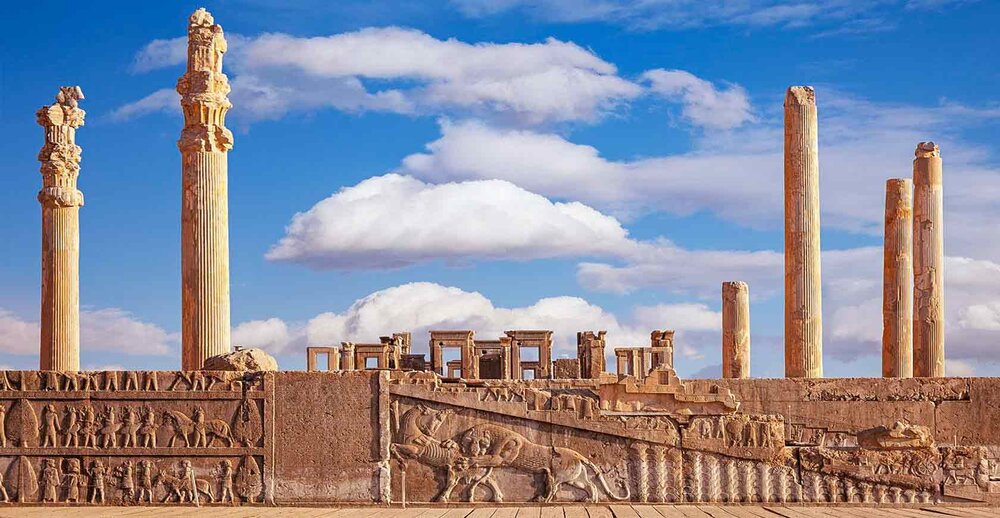Center for paleography established in Persepolis

TEHRAN- A center for paleography and studying historical inscriptions has been launched in the UNESCO-registered site of Persepolis, southern Fars province.
Also known as Takht-e Jamshid, Persepolis was the ceremonial capital of the Achaemenid Empire (550-330 BC).
With the aim of continuing current studies and researches as well as obtaining important and effective information from the various historical eras, the center has been established, the director of the site Hamid Fadai announced on Wednesday.
The most important cultural foundations of any civilization are languages, and the Achaemenid Empire is no exception to this rule, as the writing was one of the most important means of communication, issuing royal decrees and carrying out administrative affairs, the official added.
He also expressed hope that such researches in the field of historical linguistics, inscriptions, and studies of historical manuscripts will lead to the unveiling of valuable information of the historical era, while there are plenty of inscriptions and clay tablets in various languages from Aramaic to ancient Persian, Elamite and Babylonian languages in different palaces of Persepolis.
Back in July, a documentation project was commenced on the inscriptions in Persepolis and Naqsh-e Rostam, aimed at documenting all the written works from the Achaemenid-era to the contemporary era, which are unique in terms of linguistics.
The experts expected that the documentation of the inscriptions would put the restoration projects of the sites on the right track and would help archeology studies and even the tourism in these areas.
The royal city of Persepolis, which ranks among the archaeological sites which have no equivalent, considering its unique architecture, urban planning, construction technology, and art, was burnt by Alexander the Great in 330 BC apparently as a revenge to the Persians because it seems the Persian King Xerxes had burnt the Greek City of Athens around 150 years earlier.
ABU/MG
